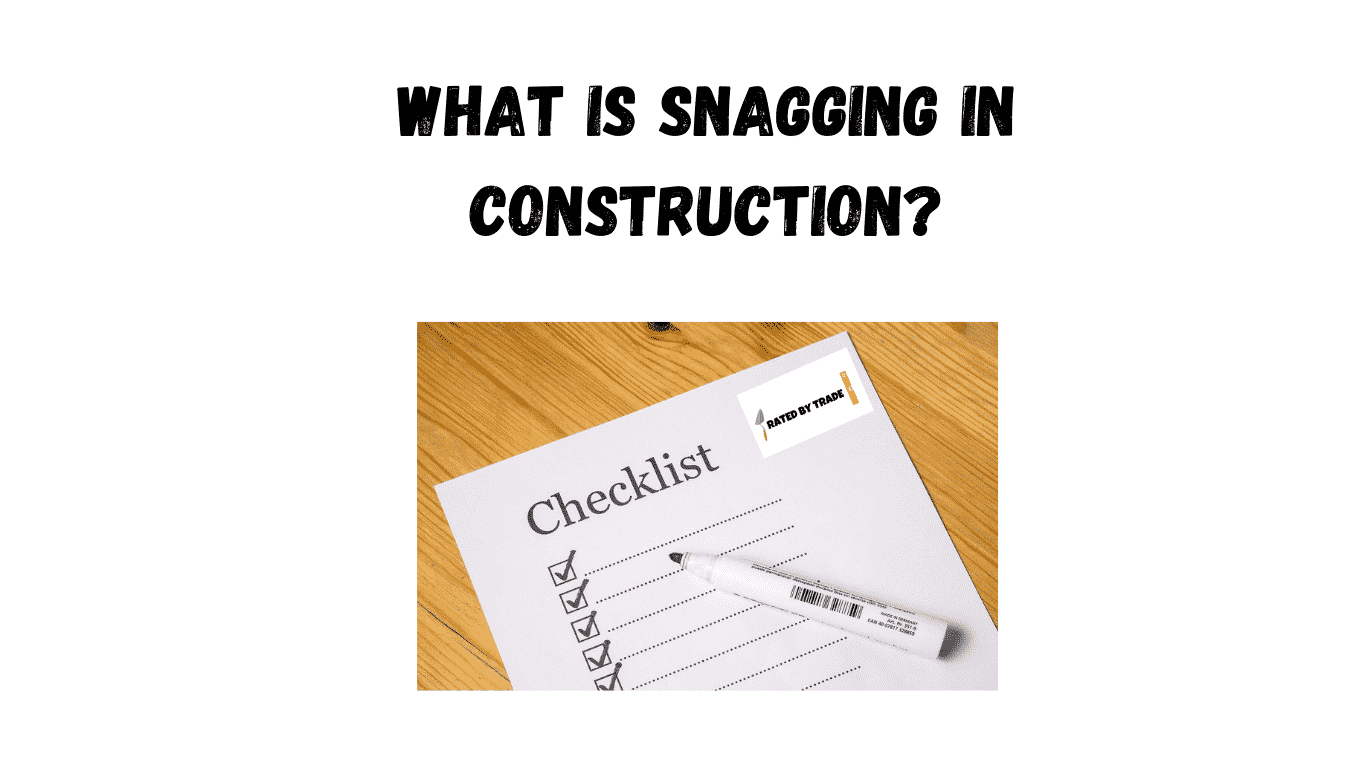What is Snagging? In Construction, There is an Informal Process Builders, and Buyers Need to Know
“Snag” has a well-known meaning in common parlance to mean an obstacle, hang-up, or unexpected delay. It retains these basic meanings in construction and is an industry slang term. It generally refers to an incomplete, damaged, or defective aspect of construction.
For example, a subcontractor may have forgotten to seal a window or installed wiring improperly. Snags can be purely aesthetic, but they often impact the functionality of the building. As such, they can be a source of conflict between builder and buyer that (in the worst-case scenario) might lead to litigation. Therefore, snags require a transparent, thorough process to address.
Snagging Entails Building a List
Snagging is compiling a list of problems in a building project that the contractor must rectify. Generally, the snagging process occurs a few weeks before practical completion, when a large portion of the building is fully functional. They happen after each room has undergone a “builder’s clean,” so there are no tools or other implements in the way, and all parts are accessible.
Contractors, Clients, and Architects Can All Participate in Snagging
Clients, buyers, and would-be homeowners often perform their own snagging when they come in for late walkthroughs and inspections. Sometimes they will perform these inspections alone, but often in the company of the project manager or contractor. It is in their best interest to be thorough and organized in documenting any snags they find.
Contractors should always do their own snagging to stay on top of their teams and subcontractors. Furthermore, architects frequently participate in making sure the builders are following specifications. For extensive projects with multiple buildings, teams may perform snagging in separate areas to keep things organized.
A Snag List in Construction Must Be Well-Organized
The snag list (a punch list in America) should be meticulously organized and readable. It could be a simple spreadsheet, but modern lists generally include photographs. Whoever is contributing a snag to the list should assign it a number and record the location, type of issue, details, and the date and time when they discovered the snag. If the contractor is entering the snag, they might include the name of the person who was responsible for the snag and who is assigned to rectify it.
Snagging a New Build Should Be a Continuous Process
As a builder, keeping a running snag list through the project’s duration is a great way to promote accountability, especially with your subcontractors. Moreover, it can help you control your budget and schedule. Finally, if you address issues as they arise, the client’s snag list will surely be much smaller and easier to handle at the end of the project. In essence, you will be a more conscientious builder.

As a buyer, you may want to do your snagging as soon as rooms or sections become fully operational. Allow yourself plenty of time.
Be sure to deliver your list promptly to the builder and constantly communicate with them about their progress through the snags.

What is a Snag List in Construction – Example of a Snagging List
A snagging list is generally remedial work where it has to be completed before the job or property is handed over and finished to the standard specified.
Below is a list of snagging work for external works, as an example.
- Clean Brickwork around splash course
- Replace broken air vents
- replace mastic in expansion joints
- Check soldier courses above openings in front of the property
- replace pointing where needed
Snagging is Crucial for Smooth Project Completion
Snags are a fact of life in construction. Whether due to oversight, faulty installation, or defective materials, they are the ultimate responsibility of the builder. By keeping a thorough, organized snag list, all stakeholders can work together to ensure none of the snags become an eventual source of conflict.
